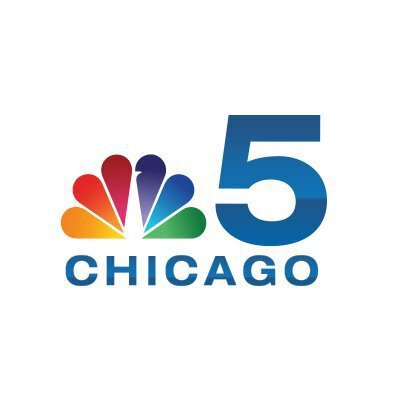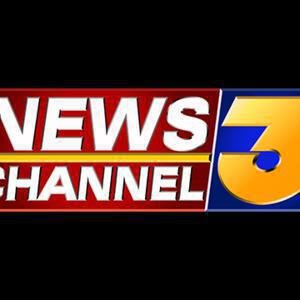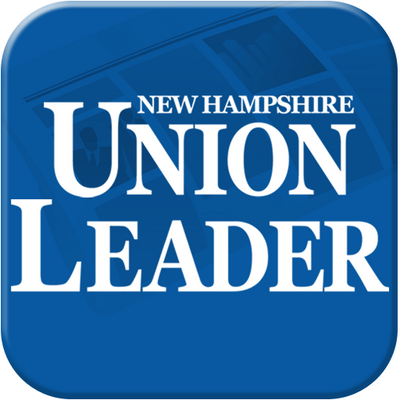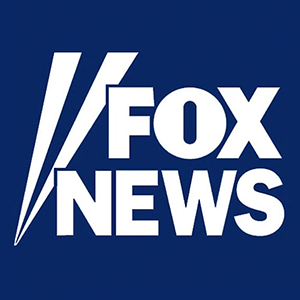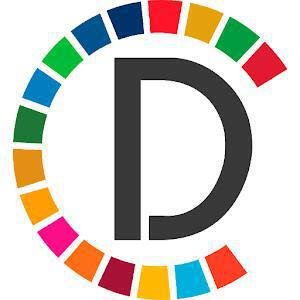Two weeks out from Election Day, more than 15 million people already cast their ballots. Is there a way to know which way early voters are leaning? Are early voting trends favoring Harris or Trump?
The answer is not so clear in the headlines. Some reports suggest an early-voting surge could be an advantage for the Harris campaign, while others indicate “potential danger” for her in Nevada. Harris leads Trump two-to-one among early voters, according to a new USA Today poll, while some headlines highlight Republicans are eating into Democrats’ early voting advantage.
As of Oct. 22, 23 states report early voting figures that include voters’ party affiliation, which gives insight into whether more Democrats or Republicans are voting early. Historically, the Democratic Party shows up early in larger numbers, while the Republican Party traditionally has a larger turnout on Election Day.
Currently, early voting figures are shattering records state by state, including in battleground territories.
As of Monday, Oct. 21, 46% of early votes were cast by registered Democrats nationally, while 36% were cast by registered Republicans. About 18% of early voters were unaffiliated with a political party.
In Pennsylvania, a swing state, Democrats outvoted Republicans at nearly a three-to-one margin, with 64% of votes cast by Democrats compared to 27% by Republicans. About 9% of votes came from voters with no party affiliation.
In Nevada, the percentage difference is razor-thin, with 8,000 more votes cast by Republicans compared to Democrats. Republicans accounted for 39.4% of the votes, while Democrats made up 36.2%, and 24.2% were unaffiliated.
In North Carolina, where more than 1 million votes have been cast, Democrats have the edge at 36% to 33%, with 31% of voters unaffiliated. In Arizona, Republicans lead Democrats 44% to 36%, with 21% unaffiliated.
Three battleground states — Georgia, Michigan, and Wisconsin — do not break down early voting results by political affiliation. Some data collection groups, like Target Smart, predict party affiliation of voters using what they call “internal modeling,” which takes demographics and prior voting history into account. Their predictions show Republicans with a slight lead in Georgia and Democrats leading in Michigan and Wisconsin.
Since only 23 states provide the party affiliation of early voters, this creates with an incomplete picture of whether it’s Harris or Trump voters turning up in droves. However, a USA Today survey found that more early voters across the U.S. are casting their ballots for Harris, leading Trump 63% to 34%. This represents a much larger Harris advantage compared to the 46% to 36% lead in states that disclose party affiliation.
When it comes to those who plan to vote on Election Day, 63% say they plan to vote for Trump, while 34% plan to vote for Harris. Combining the two, the poll found Harris with a one-point lead over Trump, making it a coin toss contest.
While Election Day is two weeks away, that does not necessarily mean we will know who won in 14 days. The director of the Fox News decision desk believes the race will not be called until the Saturday after Election Day, which is when the 2020 election was officially called.




